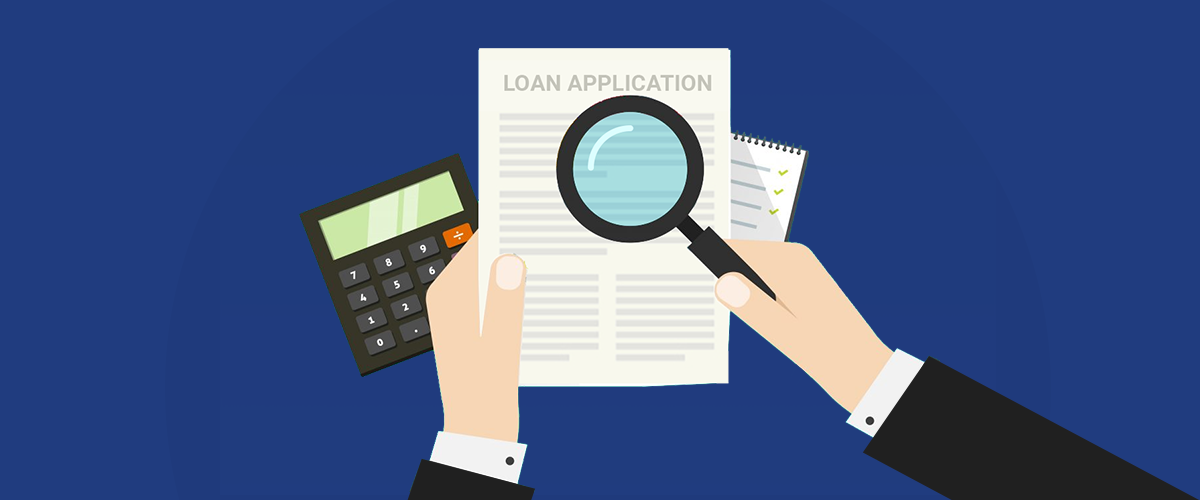-
Personal Loans
- Business Loan
- Gold Loan
-
Credit Cards
- Credit Report
- Login
Products
Personal Loans Business Loan Gold Loan Credit CardsResources
EMI Calculator IFSC Code Blogs FAQs

Products
Personal Loans Business Loan Gold Loan Credit CardsResources
EMI Calculator IFSC Code Blogs FAQsBlogs > Easy Steps To Understand Your Credit Report

A credit report is one of the vital documents for good financial health. Therefore, in order to ensure financial well-being, it is important to get your credit report reviewed periodically. However, once you have your credit report with you, it can become a daunting process to understand the information provided in it.
Here is a breakdown of the types of information provided in your credit report.
A credit report is usually divided into four parts:
The chronology can differ as per different credit bureaus, but the scores are almost the same. The only reason for any kind of difference in the credit score is because of the different algorithms used by credit bureaus to calculate the credit score.
We have discussed all four parts in detail:
The personal information part majorly includes information to identify you. It generally lists
Other information includes your driving license number, telephone numbers, your employer’s name and even your spouse’. Therefore, it is important to check each record in order to avoid any wrong information on your account.
2. Credit History
The most important section of a credit report is the credit history. This section summarizes the information of different accounts you have along with their balance. It also lists the number and name of the creditors and the account numbers which may be scrambled for security purposes.
Along with the above information, credit history also shows your credit payment history and whether you have paid as agreed each month.
The credit history section can include the following types:
The next section is “public records” which shows financial-related data such as bankruptcies, tax liens, and judgments, state and country records. Only financial blunders appear in this part and not convictions or criminal records. It is to be noted that this information can affect your credit score. Hence, it is always advisable to keep this section clear.
The final section is for inquiries. Credit inquiries list all the parties who have accessed your credit report in the past two years. However, your version of the credit inquiries will differ from what appears in the credit report received by the creditors and lenders.
Only “hard” inquiries are shown to lenders. These are inquiries made by lenders to check your credit report in order to approve your credit application.
Your version will also include “soft” inquiries consisting of inquiries made by you or lenders for promotional purposes.
Your credit report is extremely important to know your financial health and well-being. Therefore, it is always advisable to review your credit report at least twice a year.